1. Three-Toed Sloth
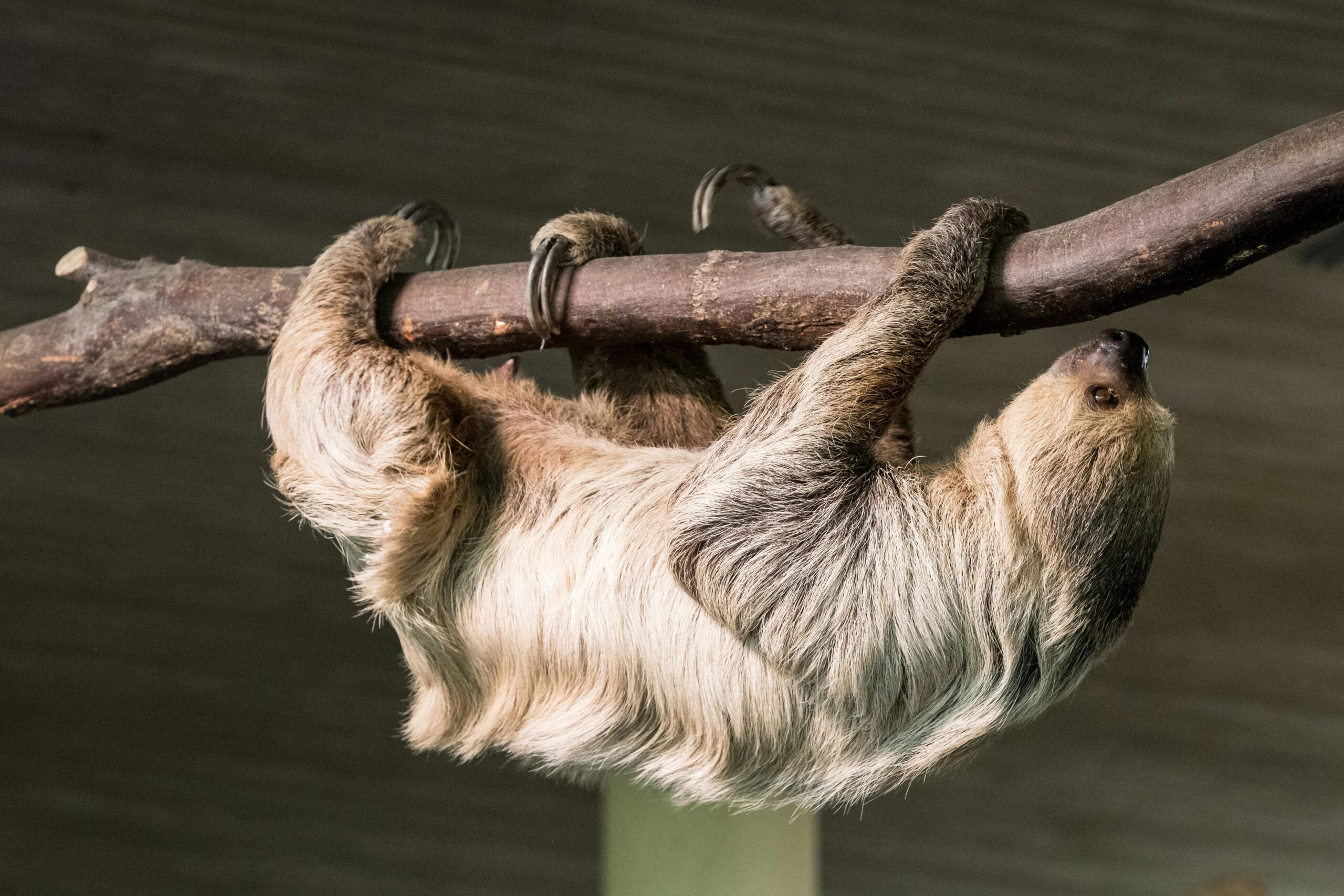
The three-toed sloth is the poster child for slow living. Found in the rainforests of Central and South America, these creatures move at an astonishingly slow pace of about 0.03 miles per hour. They spend most of their lives hanging upside down in trees, conserving energy as they nibble on leaves.
Their slow movement is actually a survival tactic—it helps them avoid predators by blending into the environment. And while they may seem lazy, sloths are surprisingly strong, with powerful claws that help them cling to branches. They even come down from trees just once a week to do their business. Talk about commitment to a slow lifestyle!
2. Garden Snail
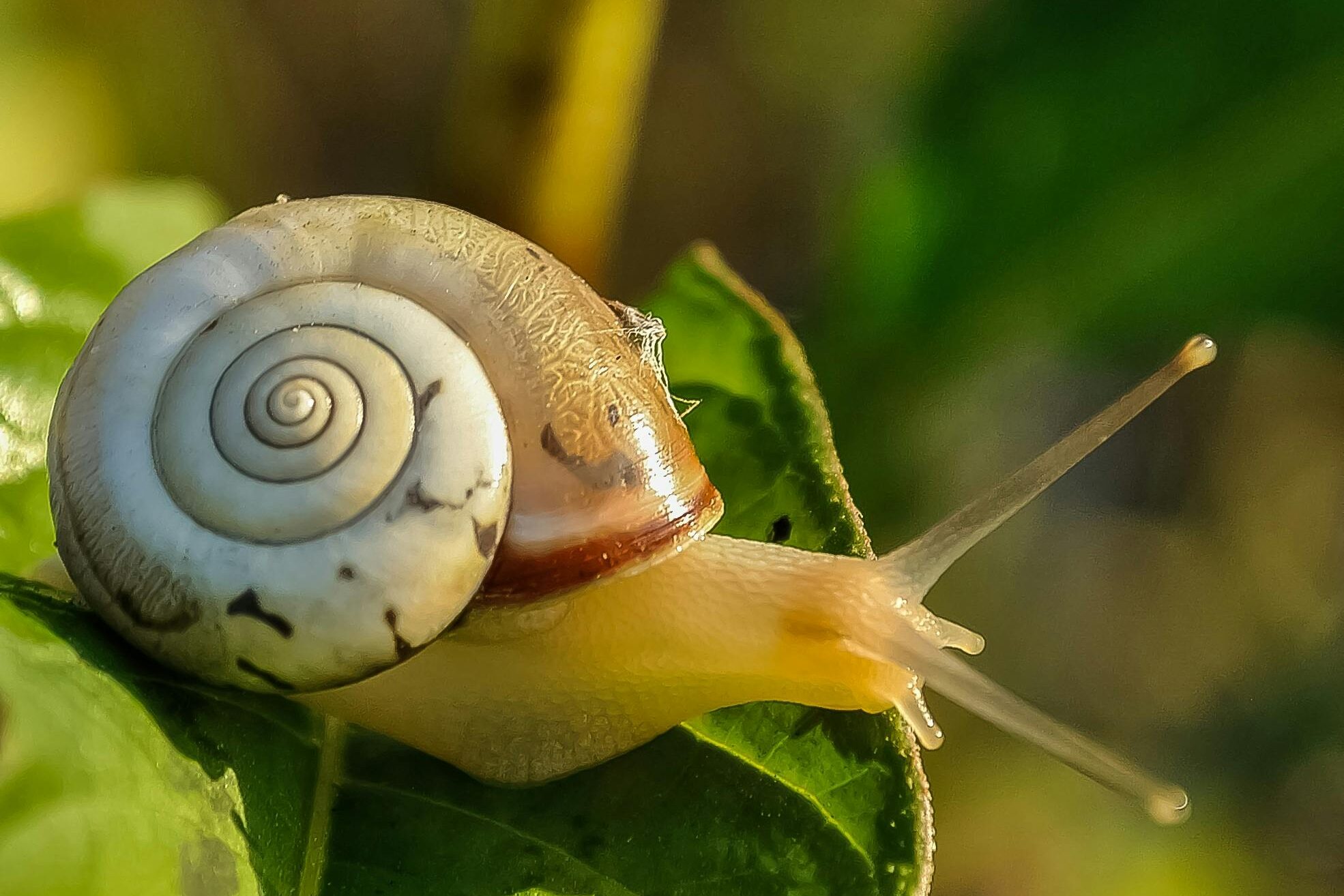
When it comes to slow and steady, the garden snail takes the cake. These tiny creatures inch along at a top speed of 0.03 miles per hour, leaving behind a glistening trail of slime. This slime helps them glide smoothly over rough surfaces and even protects them from predators.
Snails are the ultimate minimalists—they carry their homes on their backs, moving only when absolutely necessary. Their slow pace is a direct result of their anatomy; their tiny, muscular foot propels them forward in a wave-like motion. Watching a snail move is oddly calming, almost like nature’s version of slow TV.
3. Giant Tortoise
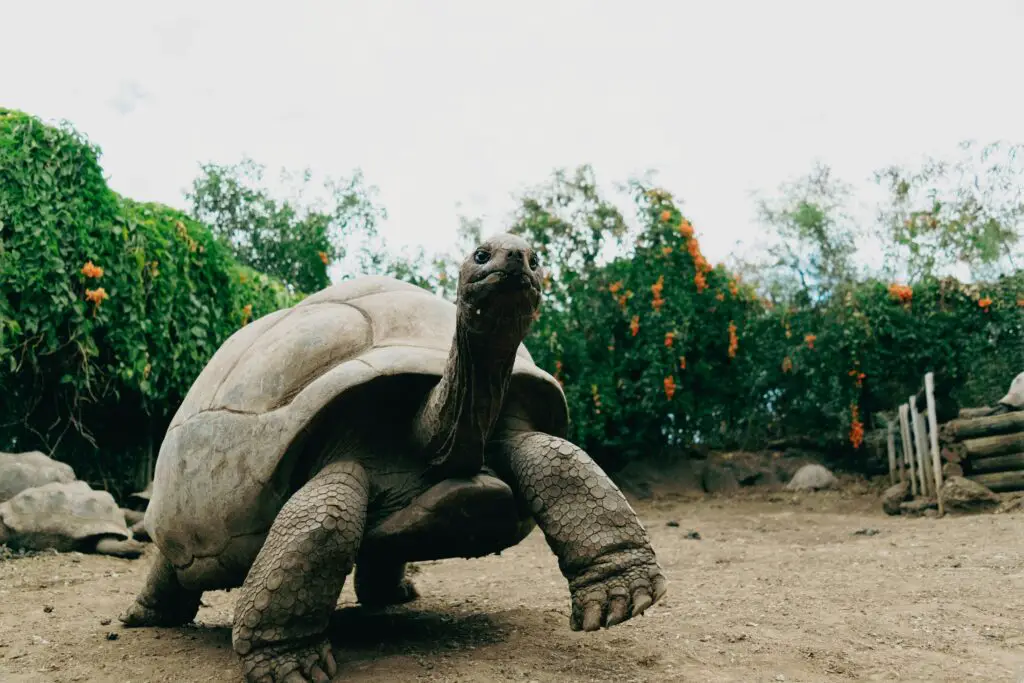
According to the World WildLife Fund, the giant tortoise is a living symbol of patience and longevity. Native to islands like the Galápagos and Seychelles, these massive reptiles lumber along at a speed of about 0.16 miles per hour. Their slow movement matches their laid-back lifestyle, as they graze on vegetation and bask in the sun.
These tortoises are built for endurance rather than speed, and their slow pace contributes to their incredibly long lifespans—often exceeding 100 years. While they may not win any races, they win hearts with their gentle, wise demeanor. It’s as if they’ve figured out the secret to a stress-free life.
4. Starfish
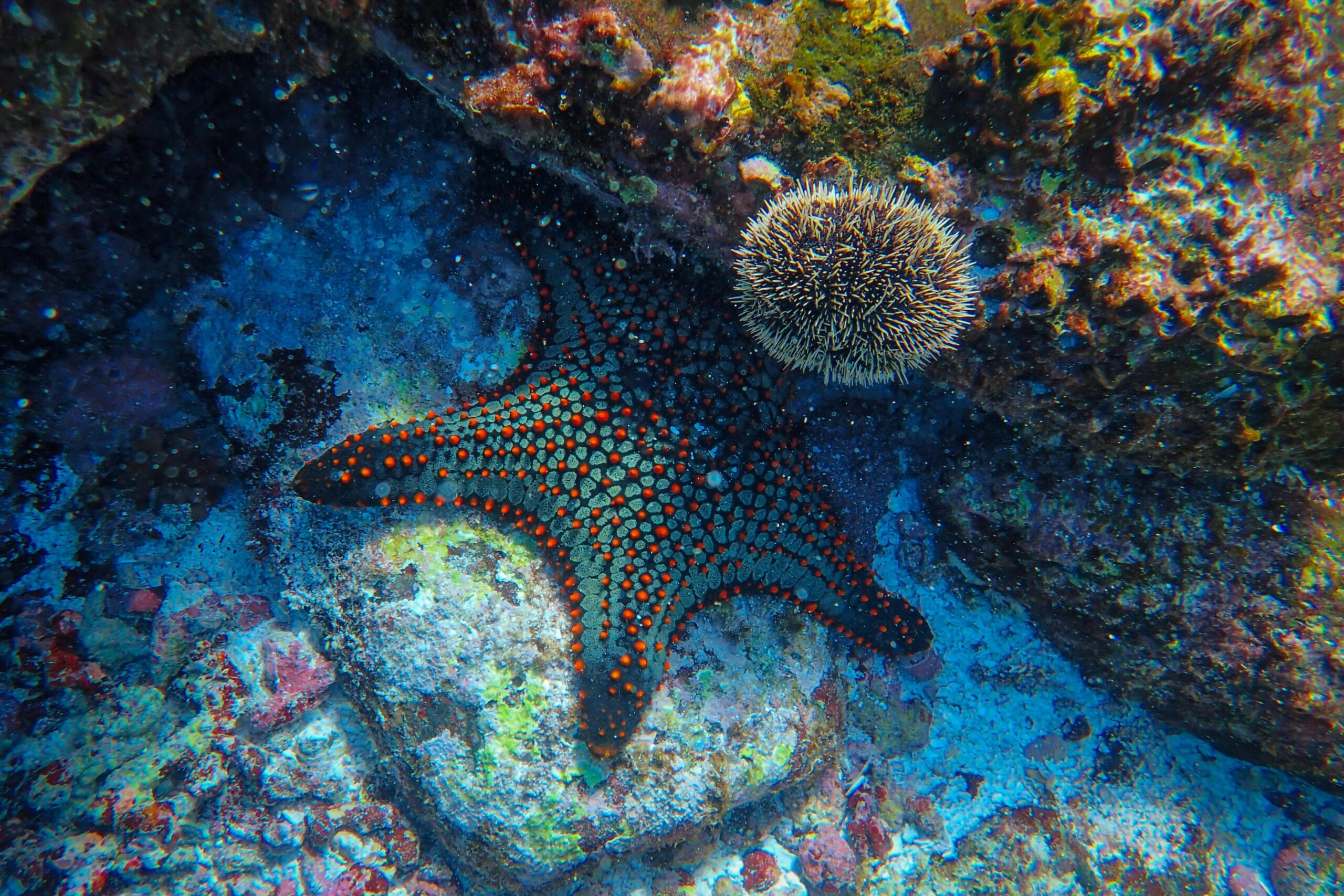
Underwater, starfish redefine what it means to move slowly. These marine creatures glide across the ocean floor at a speed of about 0.06 miles per hour according to the National Ocean Service. They rely on tiny tube feet located on the underside of their arms, which work together in a coordinated effort to help them inch forward.
Starfish aren’t just slow—they’re also fascinatingly unique. They can regenerate lost limbs and don’t have a centralized brain. Their deliberate movements help them conserve energy while they hunt for food like clams and oysters. If you’ve ever watched a starfish move, you know it’s like witnessing the ocean’s version of slow motion.
5. Seahorse
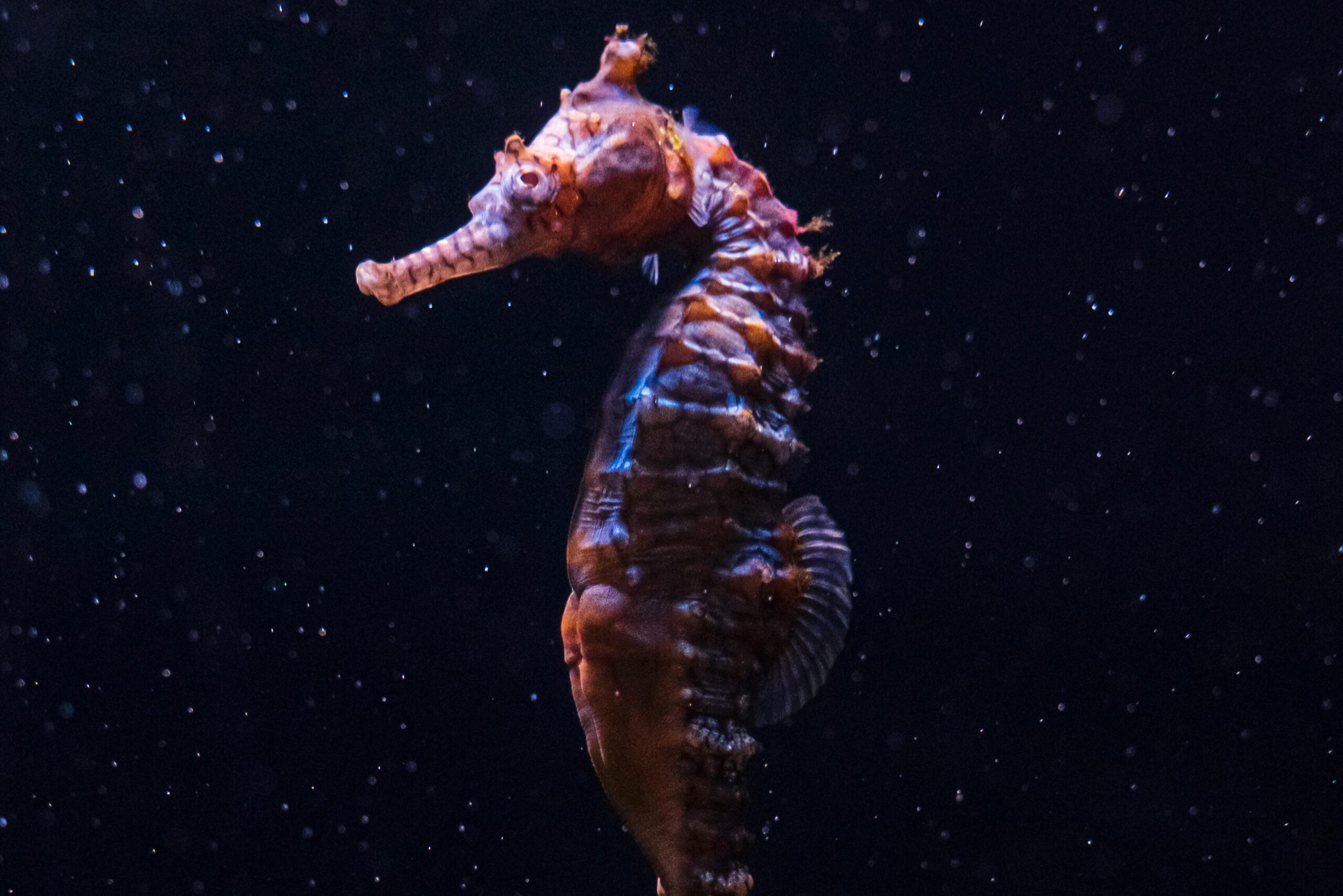
Seahorses are the dainty slowpokes of the sea. They swim at a pace of just 0.01 miles per hour, making them one of the slowest fish in the ocean. Instead of traditional swimming, they use tiny, fluttering fins to propel themselves forward, often appearing to hover in place.
Their slow movement is a trade-off for their unique design. With their upright posture and prehensile tails, seahorses prioritize stealth over speed. They’re expert ambush predators, waiting for unsuspecting prey to drift close enough to snap up. Watching a seahorse is like watching a piece of underwater art come to life.
6. Banana Slug
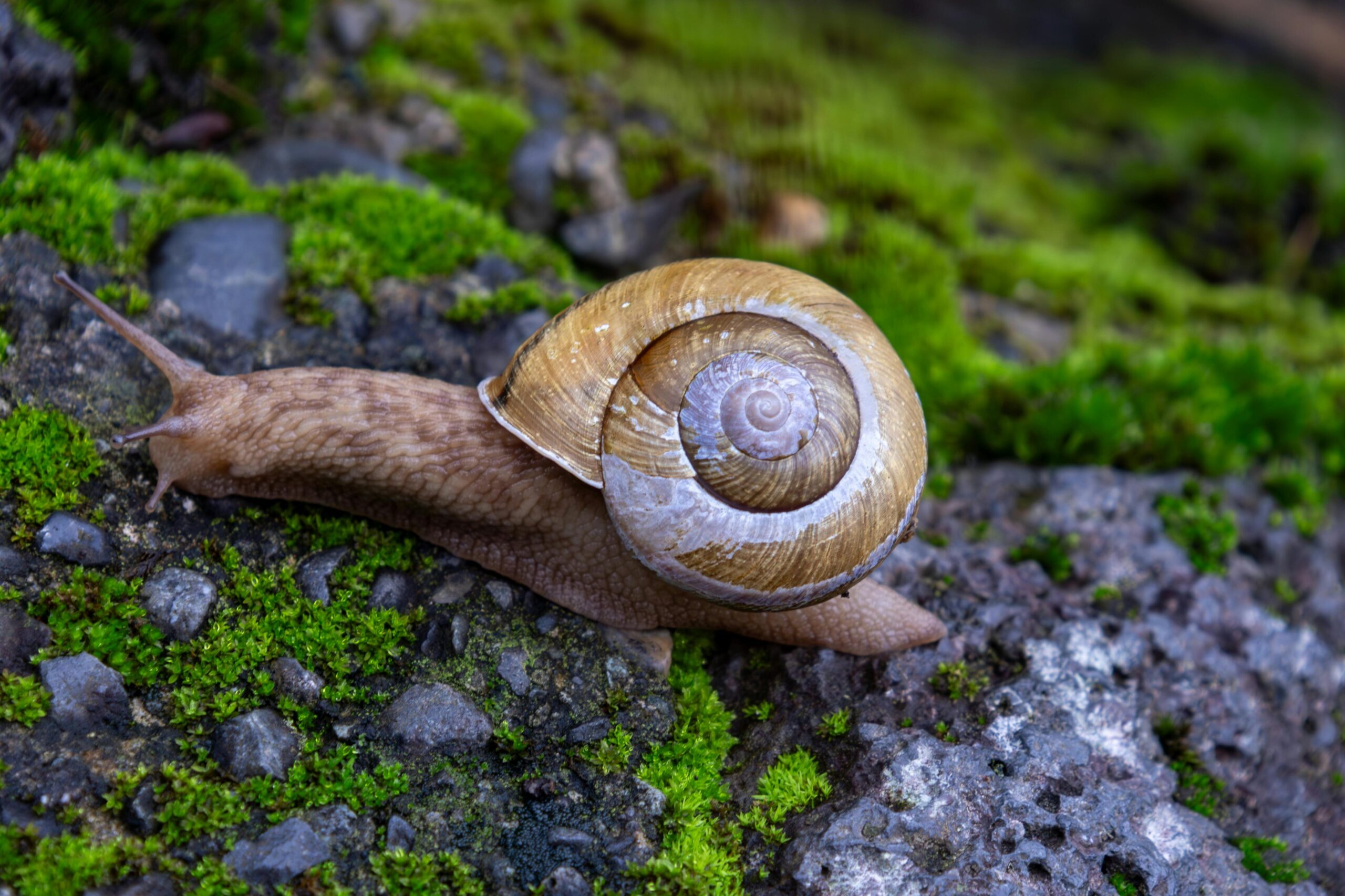
The banana slug, named for its bright yellow color, is another contender for slowest land animal. These slimy creatures move at a pace of about 0.2 miles per hour, gliding over forest floors and leaving behind a trail of mucus.
Banana slugs are incredibly important to their ecosystems, helping to break down decaying matter and recycle nutrients. Their slow pace allows them to thoroughly explore their surroundings as they feast on leaves, fungi, and even animal droppings. They might not win speed awards, but they definitely excel at being efficient recyclers.
7. Koala
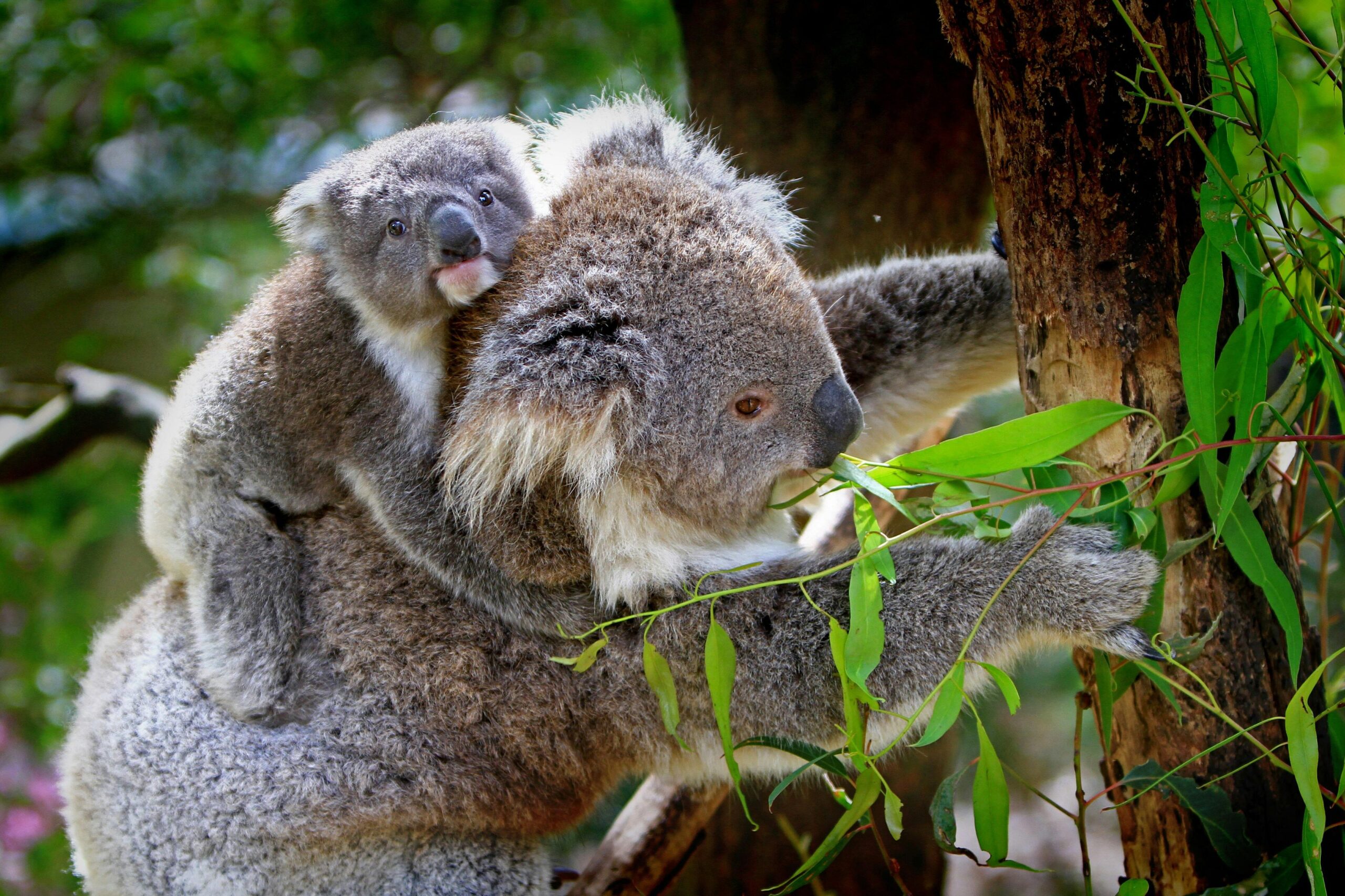
Koalas might look like they’re perpetually napping, but when they do move, it’s at an unhurried pace. According to The Koala Foundation, these marsupials spend most of their time dozing in eucalyptus trees, conserving energy for their next meal.
Their diet consists mainly of eucalyptus leaves, which are low in nutrients and require a lot of energy to digest. This is why koalas take life slow—they’re conserving every bit of energy they can. Watching a koala move is like watching someone navigate their morning routine before coffee—slow, deliberate, and adorable.
8. Sea Anemone
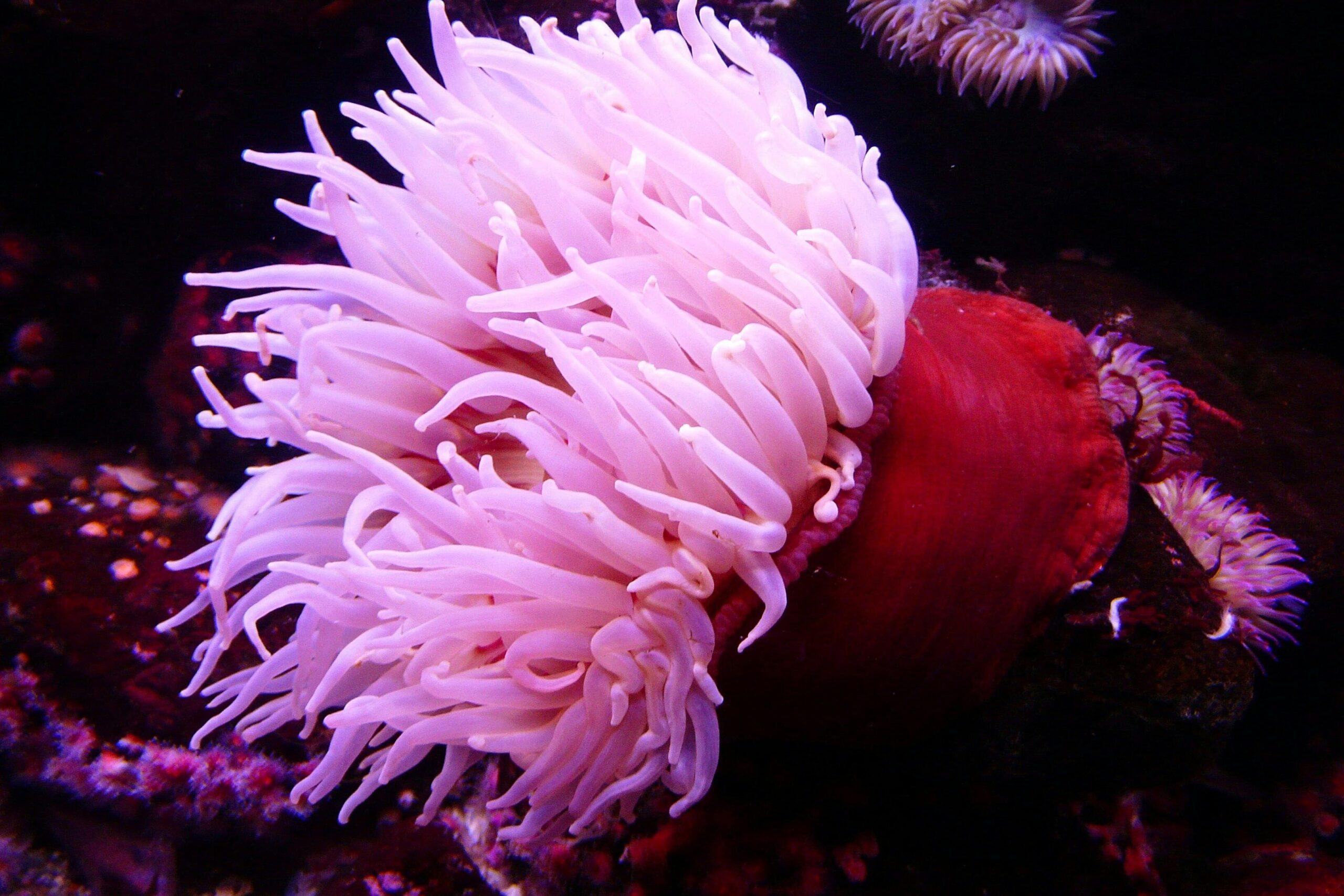
Sea anemones are the underwater equivalent of a scenic statue. These soft-bodied animals attach themselves to rocks or coral and rarely move, except to sway gently with ocean currents. When they do decide to relocate, it’s at an almost imperceptible pace.
Their slow movement is part of their survival strategy. They rely on passing currents to bring them food, which they catch with their tentacles. Despite their sluggish pace, sea anemones are deadly efficient hunters in their own right. Watching one move is like witnessing a slow dance in the depths of the ocean.
9. Loris
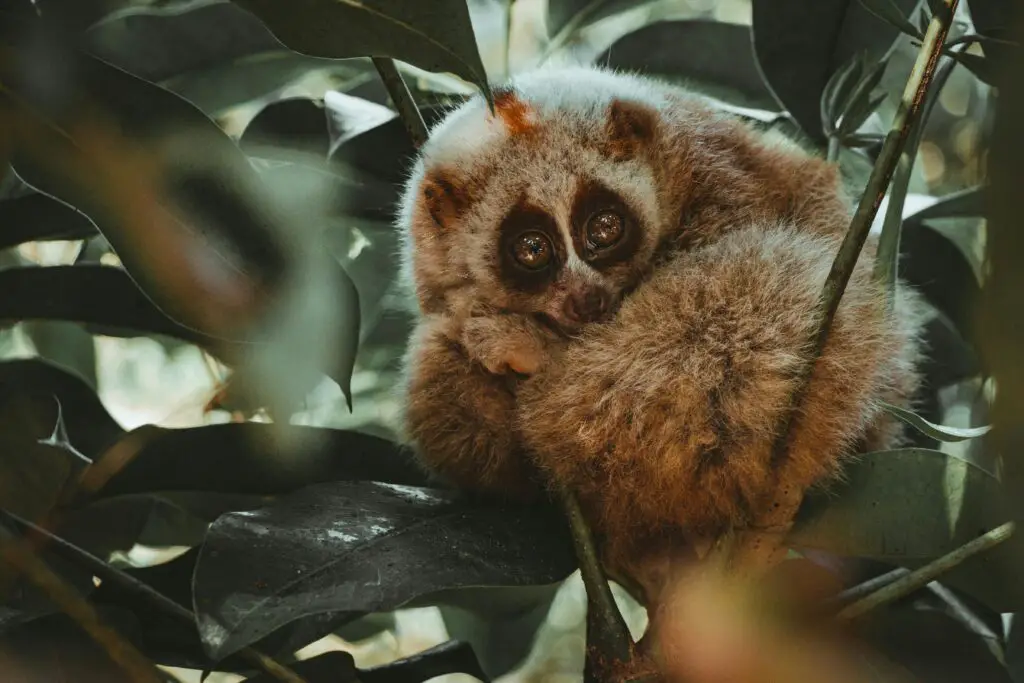
The slow loris is a primate that seems to have mastered the art of moving in slow motion. Found in Southeast Asia, these nocturnal animals move at a deliberate pace through trees, using their strong, grasping hands to hold onto branches. They don’t rush because their survival depends on being stealthy and blending into their surroundings.
The slow loris also has a unique defense mechanism—a venomous bite. Their sluggish movements help them conserve energy while keeping predators at bay, as they’re harder to spot when they stay still for long periods. Watching a loris move is a reminder that sometimes, taking life slow is the smartest strategy.
10. Manatee
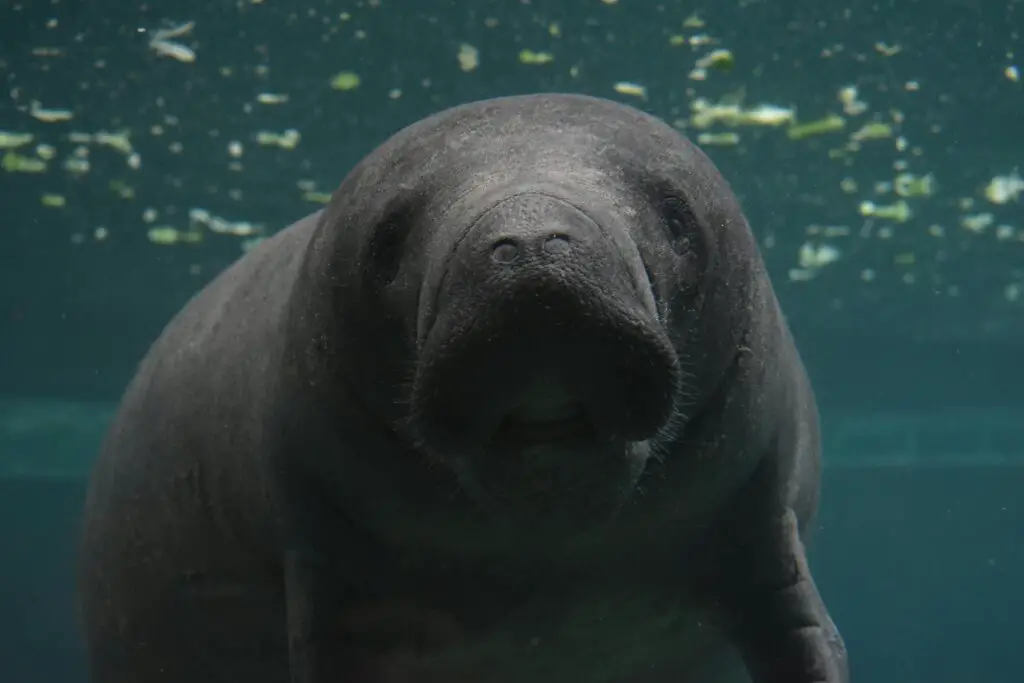
Often called “sea cows,” manatees are gentle giants that float gracefully through warm waters. These aquatic mammals swim at a leisurely speed of about 5 miles per hour, though they can briefly pick up the pace when needed. Manatees are herbivores, grazing on seagrass and aquatic plants as they drift along.
Their slow pace is perfectly suited to their relaxed lifestyle, where there’s no rush to go anywhere fast. Unfortunately, their unhurried movements make them vulnerable to boat strikes, which is one of the biggest threats to their population. Despite their slow pace, manatees are loved for their curious and calm demeanor.
11. European Pond Turtle
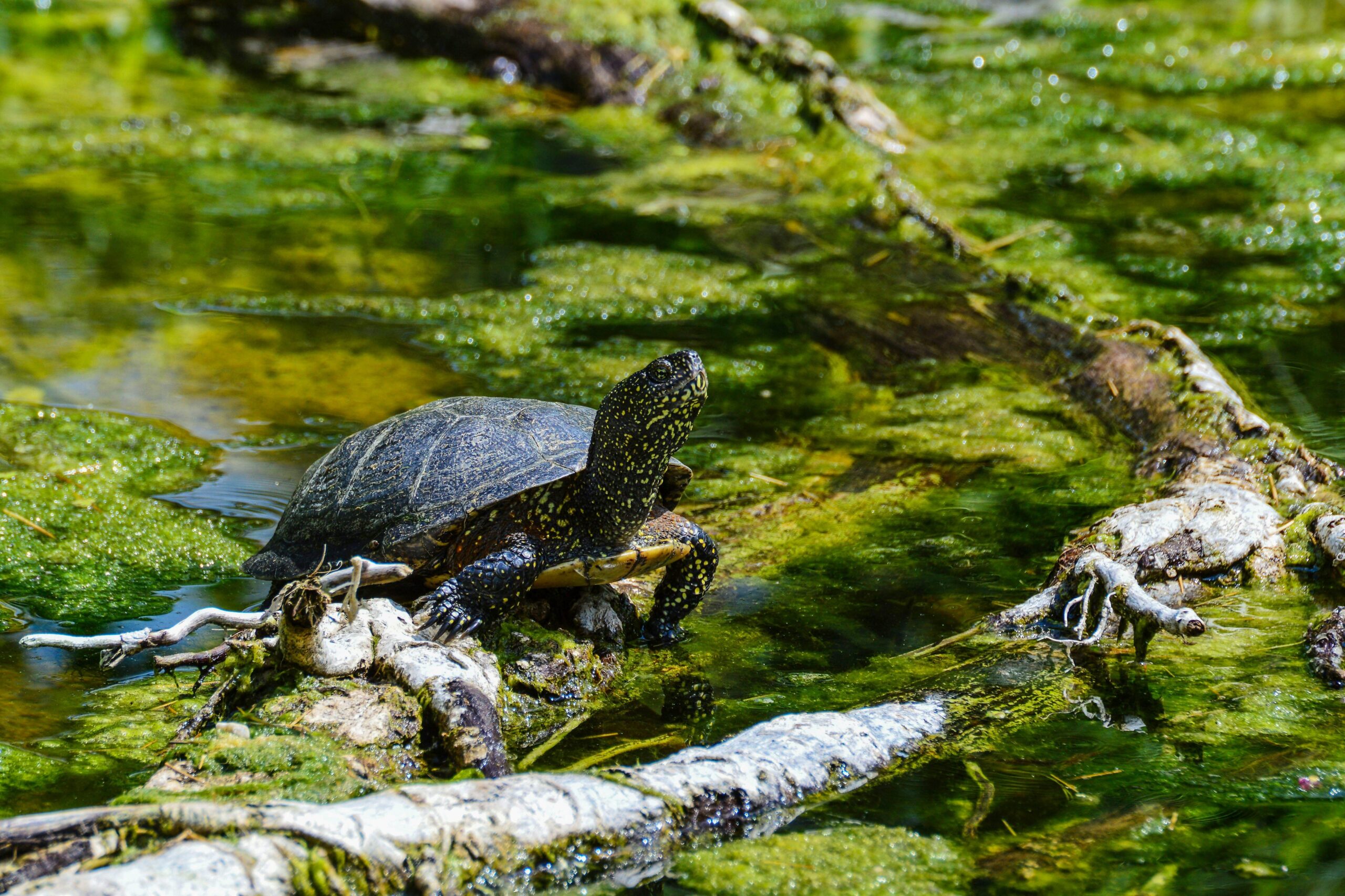
The European pond turtle isn’t winning any races either. These turtles are incredibly slow both on land and in water, moving only when they need to bask in the sun or find food. They’re more about conserving energy than going on grand adventures.
Their slow pace is linked to their cold-blooded nature, which requires them to regulate their body temperature by staying in the sun or water. Watching them move is a lesson in patience—they remind us that slow and steady often wins the race, or at least gets the job done eventually.
12. Wombat
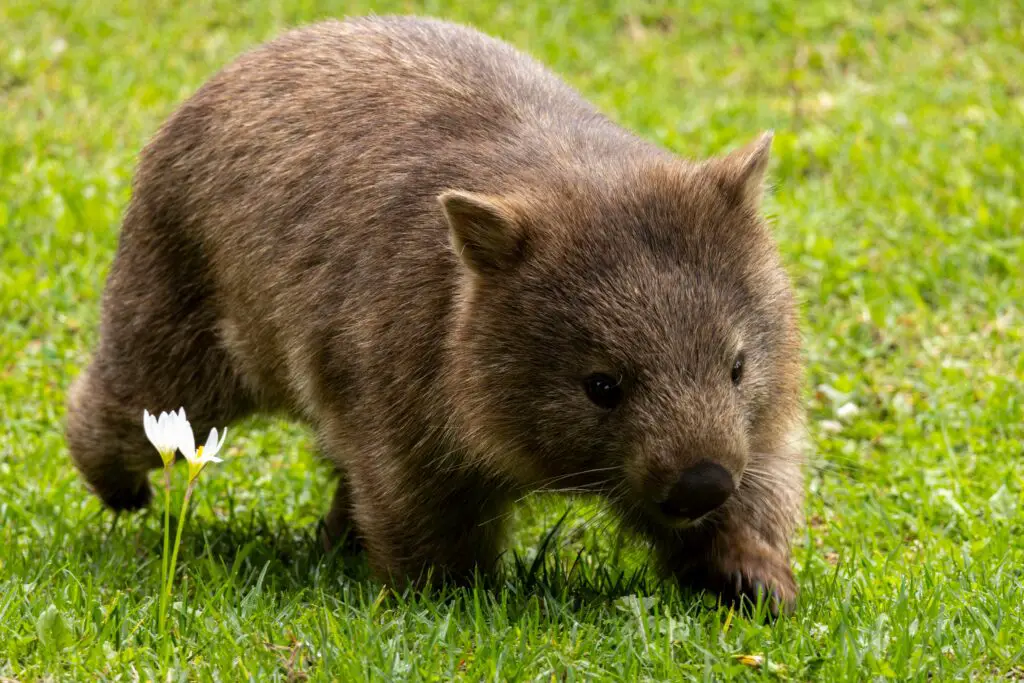
Wombats are burrowing marsupials native to Australia, and while they’re adorable, they’re not exactly speed demons. They move at a lumbering pace on their short, sturdy legs, spending much of their time digging elaborate burrows.
Their slow lifestyle is a result of their low-energy diet, which primarily consists of grasses and roots. Despite their slowness, wombats are surprisingly strong and can even fend off predators by using their tough rear ends as a shield. Watching a wombat waddle along is a heartwarming reminder that every creature moves at its own pace.
13. Jellyfish

Jellyfish might be some of the ocean’s most mesmerizing creatures, but they’re far from fast. They drift through the water at a speed of about 0.04 miles per hour, relying on ocean currents to do most of the work. Their slow, pulsating movements are almost hypnotic to watch.
Their slow pace isn’t a disadvantage—it’s actually a survival tactic. Jellyfish feed by passively capturing plankton and small fish that float into their tentacles. They’re proof that you don’t need to rush when the world brings what you need directly to you.
14. American Woodcock
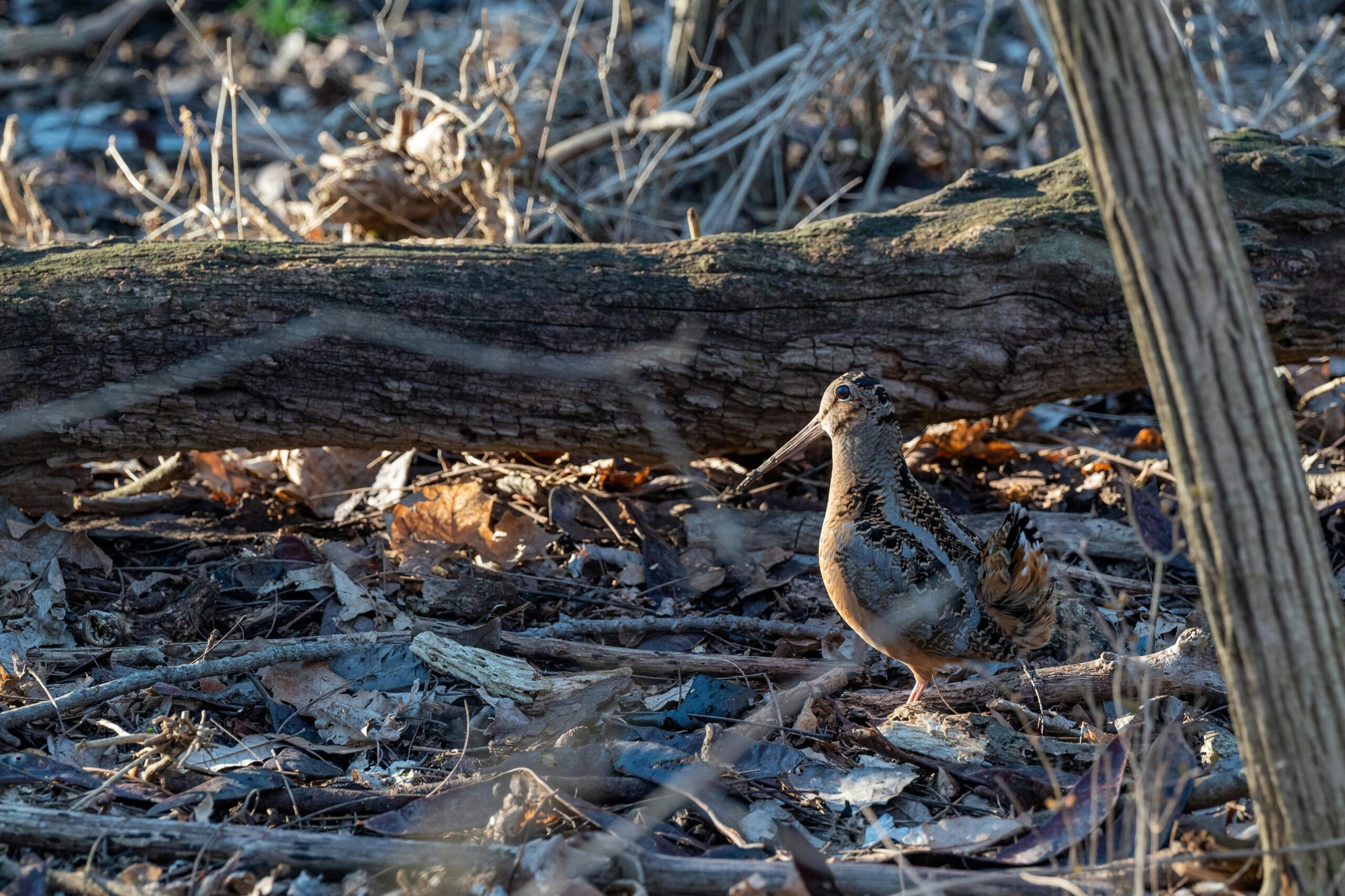
The American woodcock is a bird known for its slow, deliberate movements. On the ground, it has a peculiar way of walking, almost as if it’s performing a slow-motion dance. This helps it blend into its woodland surroundings and avoid detection by predators.
Despite its slow movements, the woodcock is a skilled forager, using its long bill to probe the soil for insects and worms. It’s a great example of how moving at your own pace can still get you exactly where you need to be. Watching one in action is like seeing nature take a breath and relax.
15. Sea Cucumber
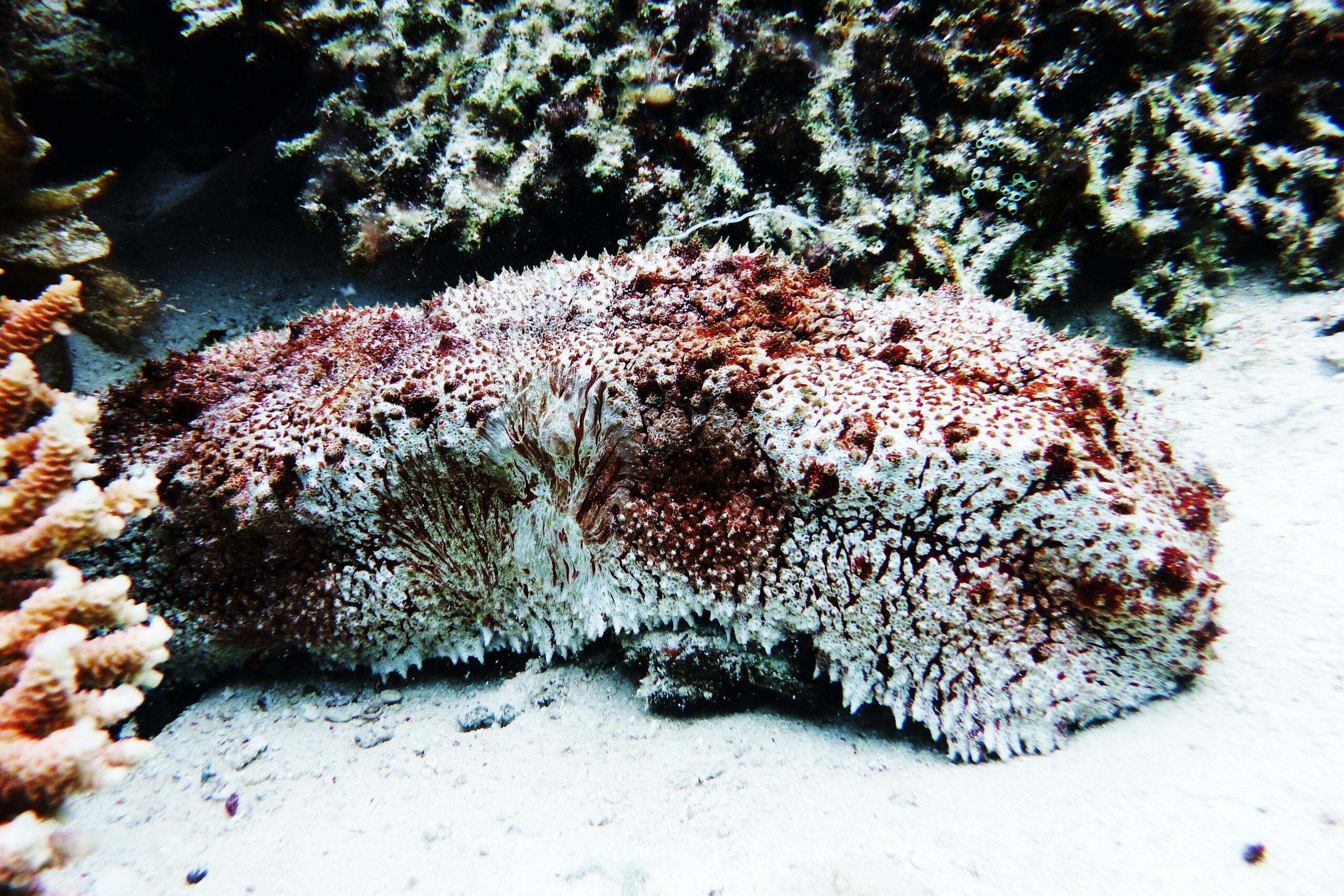
Sea cucumbers are the sloths of the sea floor. These tube-shaped marine animals move at a snail’s pace, using tiny tube feet to glide along. Their slow movement allows them to sift through sediment for food particles, making them important cleaners of the ocean ecosystem.
What’s fascinating about sea cucumbers is their defense mechanism—they can expel their internal organs to deter predators, which they later regenerate. Their deliberate movements remind us that even the slowest creatures play a crucial role in maintaining the balance of nature.


